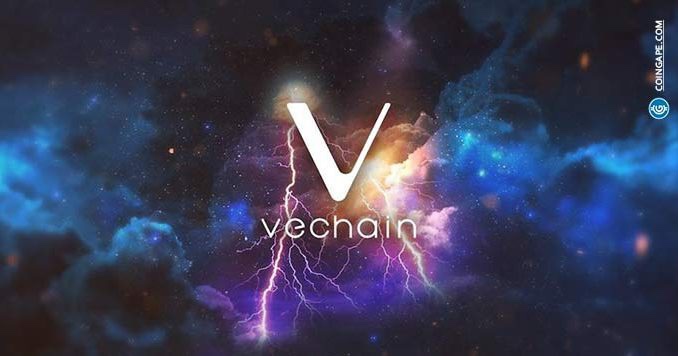In my previous articles, we examined the technical space VeChain occupies, we also looked at and identified a liquidity issue and funds lockup so the question is what can we do with that information?
The space is dominated by clients with projects budgeted in the tens if not hundreds of millions of dollars. These clients expect white glove treatment and value security over any kind of cost savings
There is a liquidity issue, per Oracle’s own fact sheet https://www.oracle.com/assets/oracle-fact-sheet-079219.pdf have a total of 400,000 clients, across 175 countries. That is not counting the other massive players in the space. As we saw before there are only in a best case scenario 76000 nodes left.
That a large majority of the VET is still in private investors wallets or on exchanges (small and medium holdings)
So because of this I believe the outlook is going to be very bullish, the advantages blockchain has over existing technologies are staggering. PwC has been releasing lots of white papers indicating they’re onboard with the blockchain future. That alone means that they have a strong risk management strategy in place and as an authority node holder they bring a stability not often seen in third generation altcoins. The only real issue is the liquidity issue. While there is no public roadmap or contingencies for this I find it hard to believe that PwC would invest without some sort of a mitigation strategy especially for something so obvious that basic arithmetic can uncover. These migration strategies could be something like a split or waiting for a sell point and buying up the tokens from small holding investors.
Because of this I intend to hodl most of my coins for not this bull run but for the next bull run. The real money on VeChain is going to be measured in hundreds per token not dollars per token.
